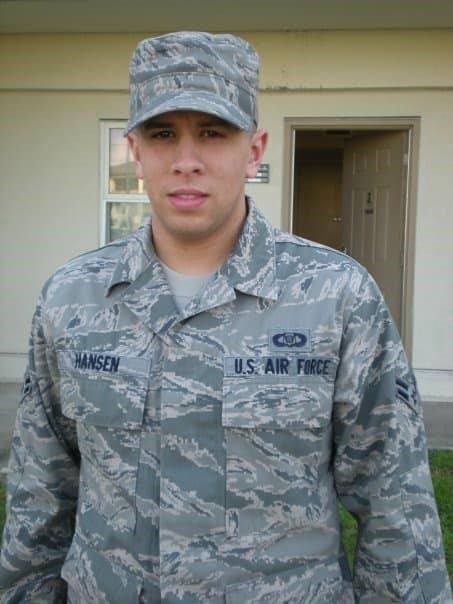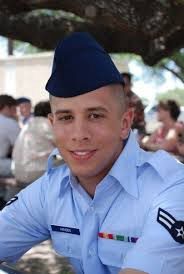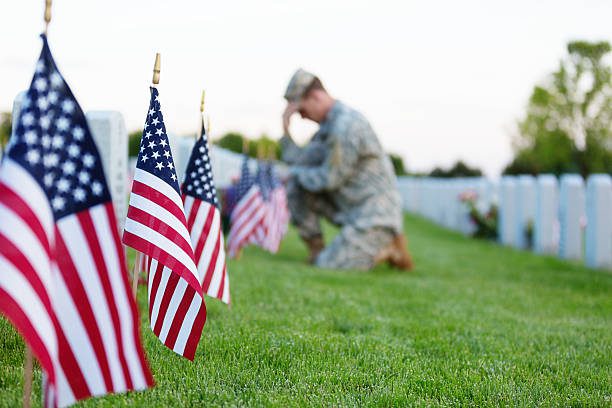
James Hansen
Senior Airman, United States Air Force
May 24, 1985 – September 15, 2010
Age – 25
Athens, MI
Operation Iraqi Freedom
46th Operations Support Squadron, Eglin Air Force Base, FL
Died of wounds from a controlled detonation at Joint Base Balad, Iraq
Senior Airman James A. Hansen, 25, of Athens, Mich., died Sept. 15 of wounds suffered during a controlled detonation at Joint Base Balad, Iraq. He was assigned to the 46th Operations Support Squadron, Eglin Air Force Base, Fla. James graduated from Athens High School in 2003, attended Kellogg Community College and Central Michigan University. James was a member of the Athens golf team in high school as well as the National Honor Society and a member of Phi Sigma Kappa fraternity while at CMU. He enjoyed playing the drums and running He continued his education while in the Air Force through CMU’s College of Extended Learning and was working toward his Bachelor’s degree. He began his service in the U. S. Air Force in May 2008 and was Senior Airman specializing in air field management. He was stationed at Eglin Air Force Base, Florida and deployed to Iraq in 2010.
It was supposed to be a routine detonation of unserviceable ordnance and a morale booster for a couple of dozen troops at Joint Base Balad, Iraq. Instead it turned into a nearly 30-minute nightmare that left Senior Airman James Hansen dead and one soldier severely wounded.
Article 32 investigations for the three NCOs were held over two days in June; the investigating officer recommended charges for the airmen not be referred to a court. The charges, however, were referred under the recommendation of Lt. Gen. Robert Allardice, vice commander of Air Mobility Command, the general court-martial convening authority.
The Air Force provided a statement through spokesman Todd Spitler. “The Air Force is deeply saddened by the loss of an Airman and the injury to a U.S. Army soldier,” Spitler wrote in an email. “We place a high priority on the safety and well-being of our personnel and demand accountability from our airmen to ensure it. Under the military justice system, all accused are considered innocent until and unless proven guilty beyond a reasonable doubt.”
15 September 2010
Six explosive ordnance disposal flight members assigned to the 332nd Air Expeditionary Wing placed charges to set off 35 M1028 anti-personnel tank cartridges.
“An initial investigation and release of the [ground accident investigation board] report into the death of Senior Airman Hansen was provided to commanders,” Spitler wrote. “The commanders then exercised their judgment – based on the facts outlined in the report – to make an evaluation on the degree of culpability of the individuals involved in the incident as well as the appropriate action.”
An EOD craftsman with 18 years of experience, was the team chief that day. He was accompanied by a fellow EOD craftsmen who had 12 years of experience, and another who had eight years of experience and served as the range safety officer, according to the accident investigation report.
Nineteen troops who were not EOD techs acted as observers; six, including Hansen and an Army staff sergeant, volunteered to detonate the charges, the report stated.
The type and amount of ordnance being detonated required everyone to stay 2,092 feet from the detonations and to have protection both in front of them and overhead, according to the report.
The EOD techs put the volunteers under a concrete structure 769 feet from the detonation area and the other observers took positions around the structure, according to the report
A safety briefing was conducted for both the team and all of the observers. Then, according to the report, the team chief stood in front of the volunteers and directed the first volunteer to initiate the first detonation by pulling a mechanical cord. A few seconds after the first blast, directed the second volunteer to pull the cord. The report doesn’t name any of the volunteers except Hansen.
Things went horribly wrong. A large piece of an M1028 cartridge base plate struck Hansen in the chest and came out his left side, killing him almost instantly, according to the report.
The impact of the blast was so powerful that the same fragment that killed Hansen struck the Army staff sergeant in the right forearm and the left groin area. His wounds were life-threatening and required tourniquets to both his arm and his leg, according to the report.
Five days after the accident, Air Force Materiel Command appointed Col. John Franz to investigate the accident. AFMC took charge because it oversees Hansen’s home-station squadron, the 46th Operations Support Squadron at Eglin Air Force Base, Fla.
The investigation took nearly a month, from Oct. 13 to Nov. 11, 2010, and found four procedural violations:
- The detonation used three times the permissible amount of explosives.
- The base plates of the M1028 tank cartridges being detonated pointed at the troops, not away from them.
- The explosion took place on level ground instead of in a trench; troops had never dug a trench for a detonation at Balad.
- The observers were too close to the blast, standing in a concrete shelter 769 feet away instead of the 2,092 feet required for M1028 rounds; the shelter, built before American forces arrived in 2003, does not provide frontal protection for anyone in its northeast side.
As a result of the accident, 332nd Air Expeditionary Wing no longer allows observers for EOD operations – a well-established and approved program under EOD Flight Operating Instruction 32-3002 and the range site plan – and has suspended routine controlled detonations, said Bowman, the unit’s spokesman.
The Hansens learned about the procedural failures that contributed to their son’s death. They met the Army staff sergeant, who is still recovering from his injuries. Rich Hansen knows the responsibilities of a senior NCO and contends the airman in charge failed to do his job that day. “I know there’s policy and procedure. There’s a checklist of rules and regulations and guidance,” he said. “To get that accident report and realize all of the things that they did incorrectly – to me it screamed … that whoever was the senior NCO wasn’t providing proper leadership. He became one of the guys.”


